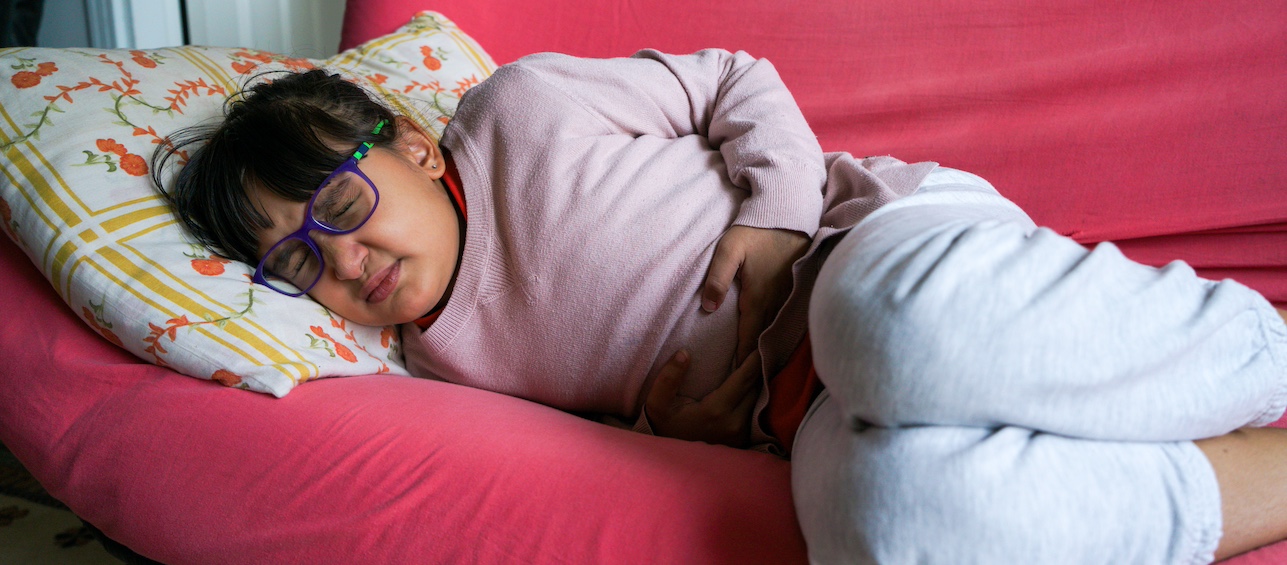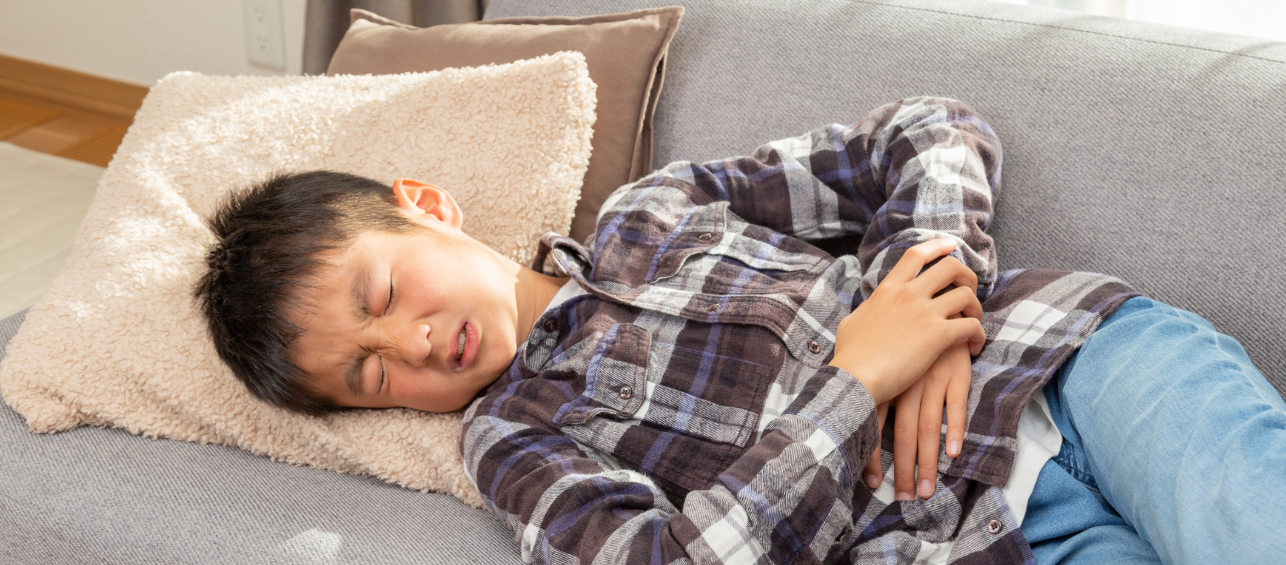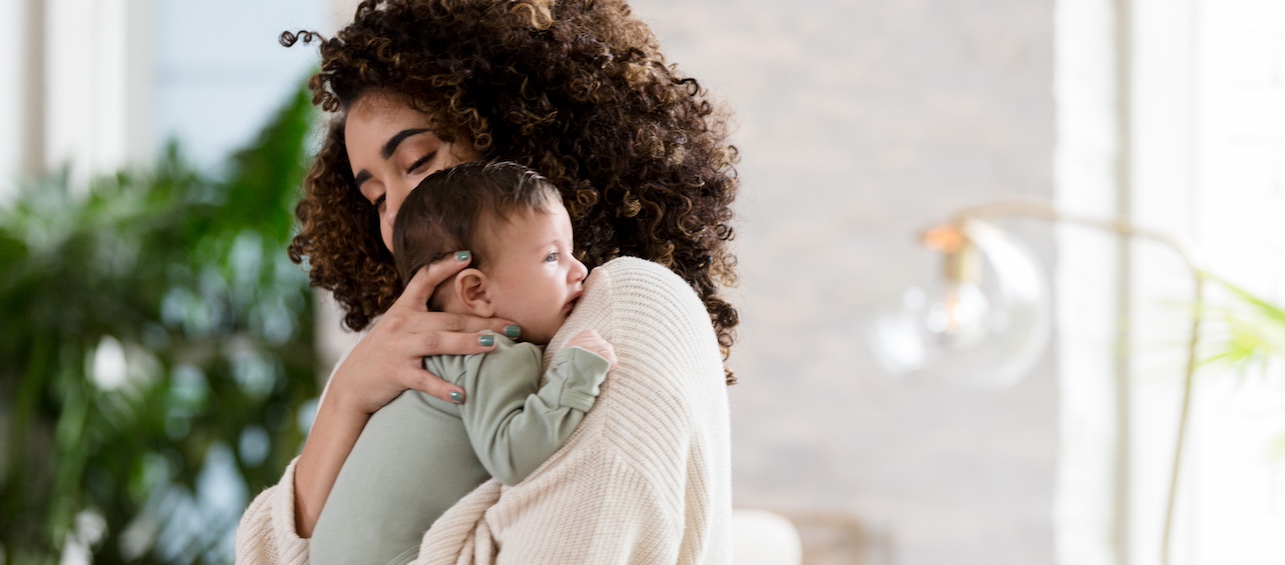Most of us have some level of awareness of the gut-brain connection, as we freely use sayings like “trust your gut” or “having butterflies in your stomach.” What might be surprising, though, is that the gut and brain are so intricately linked that if communication is off, it can cause varying levels of problems – from minor to life-altering symptoms. Specifically, this communication breakdown happens between the enteric nervous system (the nervous system within the gastrointestinal tract) and the central nervous system (the brain and spinal cord).
DISORDERS OF THE GUT-BRAIN INTERACTION
We used to classify this problem as a type of functional gastrointestinal disorder, but we have since started calling it a disorder of the gut-brain interaction (DGBI). Functional dyspepsia (upset stomach with no clear cause), irritable bowel syndrome; visceral hyperalgesia (increased sensitivity to pain in the internal organs); reflux hypersensitivity (reflux despite normal acid exposure); all fall into this category. In kids, this could look like chronic belly pain and/or frequent vomiting, bloating, constipation and diarrhea in the absence of an anatomical issue or disease.
In fact, it is estimated that up to 50 percent of visits to pediatric gastroenterologists across the country may be due to DGBIs. What’s more, we used to think that anxiety and depression contributed to problems such as irritable bowel syndrome, but research shows that it may happen in reverse, too. Kids can have physical manifestations of emotional distress, and emotional distress due to gastrointestinal symptoms. Not to mention physical symptoms from miscommunication between the brain and gut. In other words, there is a big correlation between kids who have DGBIs, like belly pain, and a mental health disorder, such as depression and anxiety.
THE ROLE OF THE MICROBIOME
Complicating things further is the role of the microbiome in the gut-brain connection. The bacteria that live in the gut also play a role in creating neurotransmitters that communicate between the gut and the brain. Many of these neurotransmitters, such as serotonin, can impact our mood. And vice versa: the brain and gut can alter the environment in the microbiome.
THE IMPACT ON KIDS
Disorders of the gut-brain can be life-altering. First of all, the time between onset of symptoms and diagnosis can take months to years. They’ve likely endured countless tests and doctors’ visits to rule out other issues, and after it all, they may be told that it’s “all in their heads.” Second, their symptoms can cause them to miss school, stop going to extracurricular activities and sports, skip social outings, and avoid eating certain foods.
Needless to say, it can be a long, frustrating road for both kids and their families.
GETTING KIDS BACK ON TRACK
While there isn’t one specific test that can diagnose a DGBI, gastroenterologists can have a good understanding of what’s happening by reviewing their prior tests that have ruled out other problems, their history of symptoms and a clinical exam.
The ultimate goal for any treatment should be to reduce their symptoms and get them back to functioning. Every kid’s symptoms, gut, brain, and microbiome are different, and therefore, there is not a one-size-fits-all solution. A combination of the following may be used to treat DBGIs:
- Medications: Certain medications can help control their symptoms of pain, nausea, and vomiting. Other drugs, such as antidepressants, can ease gastrointestinal symptoms by calming the nerve cells in the gut.
- Supplements: Some supplements that have been shown to help calm the gut are peppermint and ginger, among others.
- Trigger avoidance: Some kids notice gastrointestinal symptoms after eating certain foods. Avoiding those triggers may help reduce their symptoms.
- Dietary modifications: Diet can play a large role in belly pain, and what’s good for overall health is good for the brain and gut. Eating whole foods high in fiber, probiotics, antioxidants, and avoiding processed foods high in sugar and saturated fats, will help promote a healthy microbiome and overall gut health.
- Cognitive behavioral therapy: This type of psychological intervention may help improve communication between the brain and the gut. It can also reduce feelings of depression and anxiety, which in turn can improve gastrointestinal symptoms.
- Neuromodulation: This is a new, non-invasive therapy where a device is placed behind your child’s ear for a period of time to help ease pain and other symptoms. It works by desensitizing the nerves between the gut and brain.
- Physical therapy and exercise: Both can help improve physical functioning and mobility, and activate muscles of the body that have become deconditioned.
Getting back to life and functioning can look very different between kids. One kid may need to alleviate debilitating belly pain when studying for finals, while another might need help to eat, gain weight and get back to school. If your child is experiencing symptoms of a disorder of the gut-brain interaction, they may benefit from seeing a pediatric gastroenterologist who specializes in DGDIs.
To learn more about our clinic that treats Disorders of the Gut-Brain Interaction (formerly named functional gastrointestinal disorders), please call 513-803-0776.







The gut-brain link is powerful! Good info.